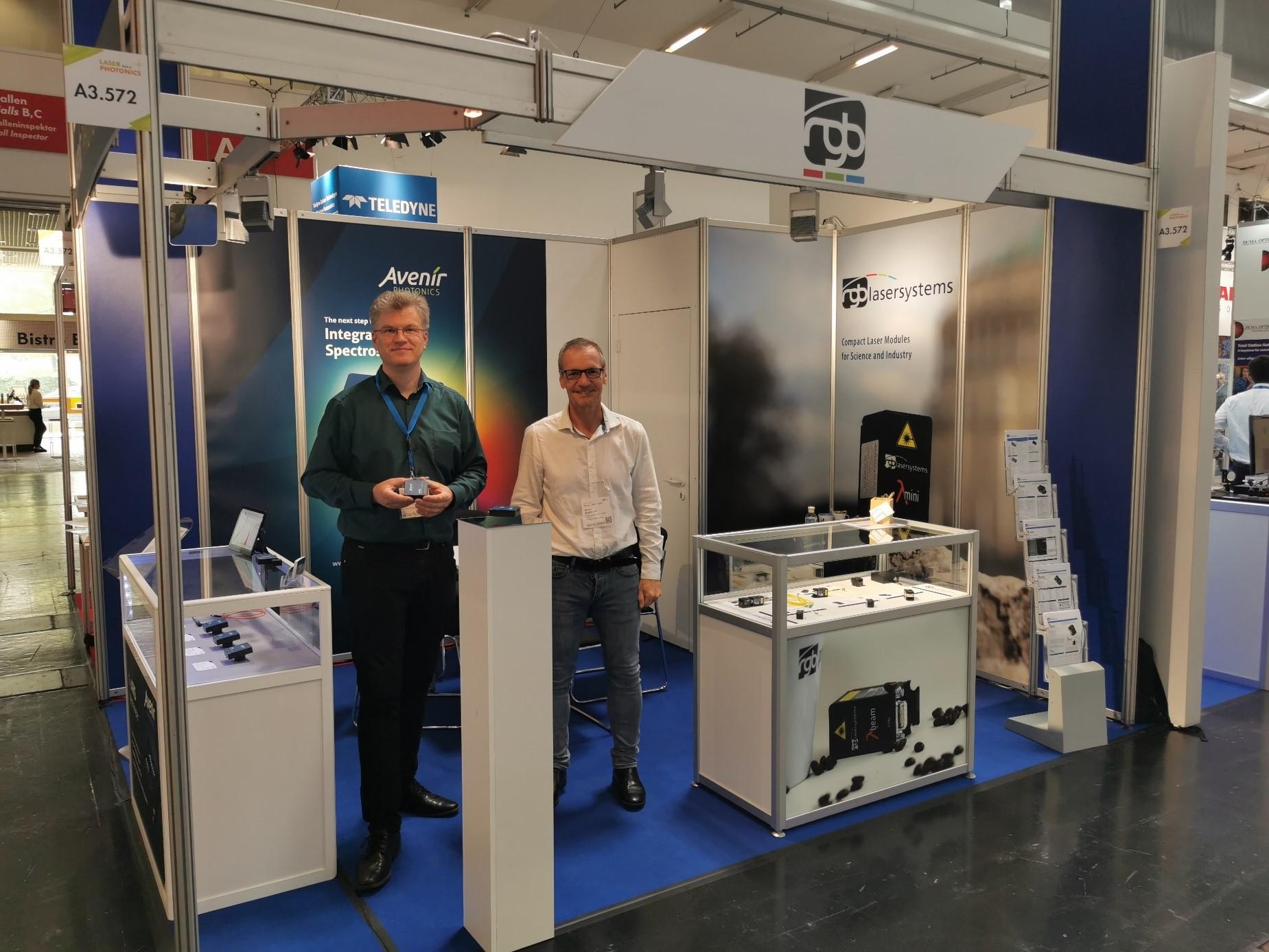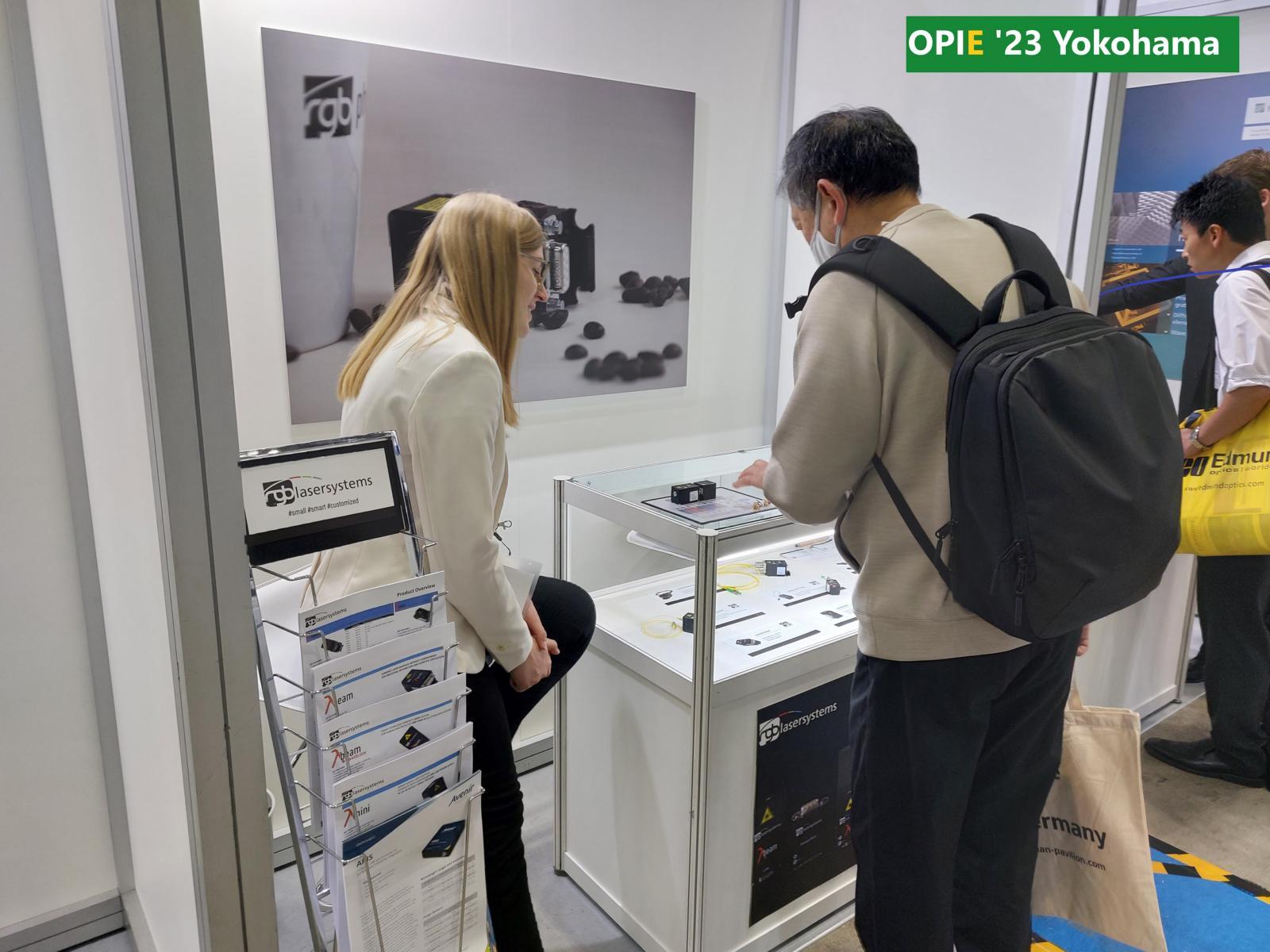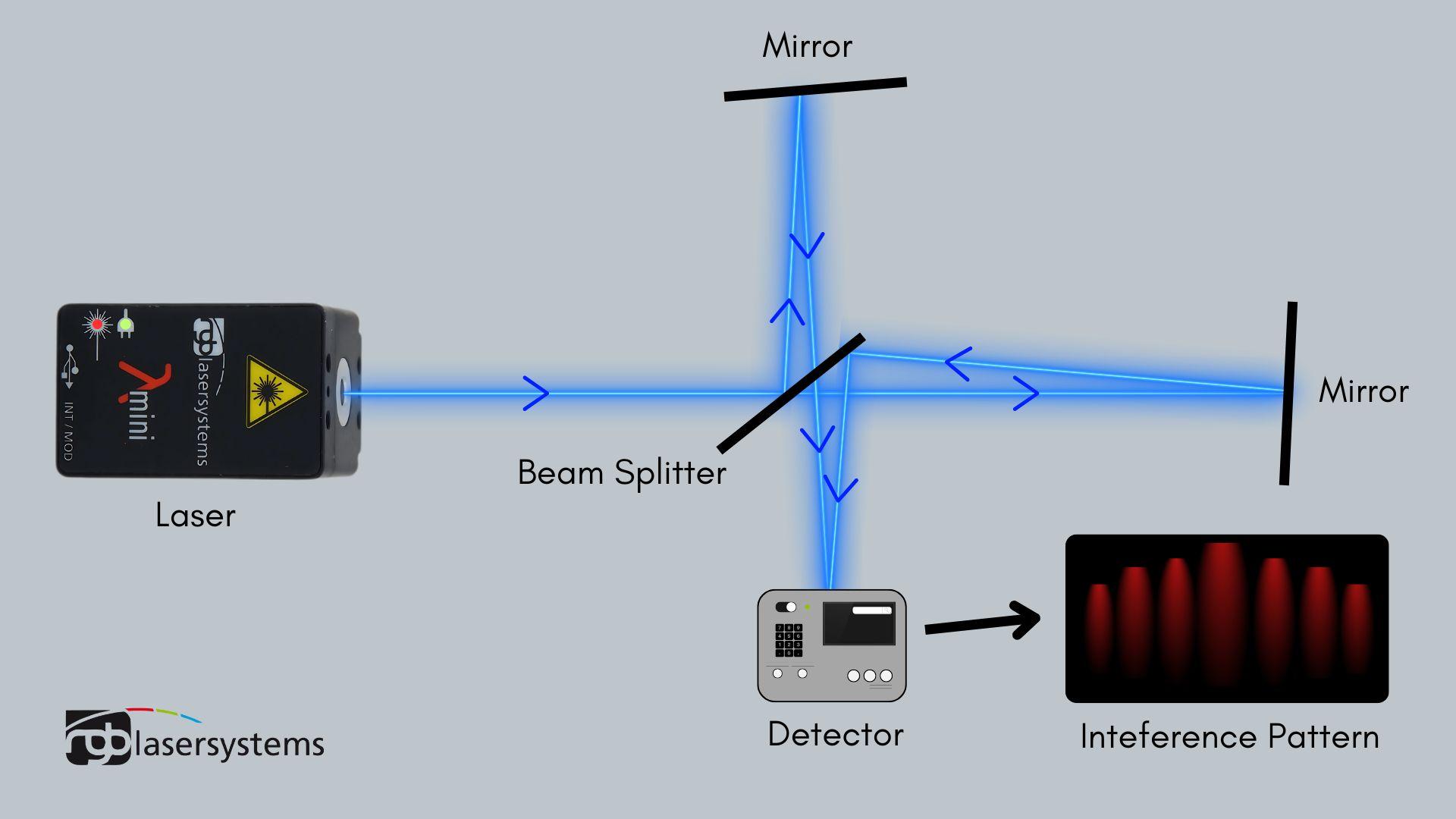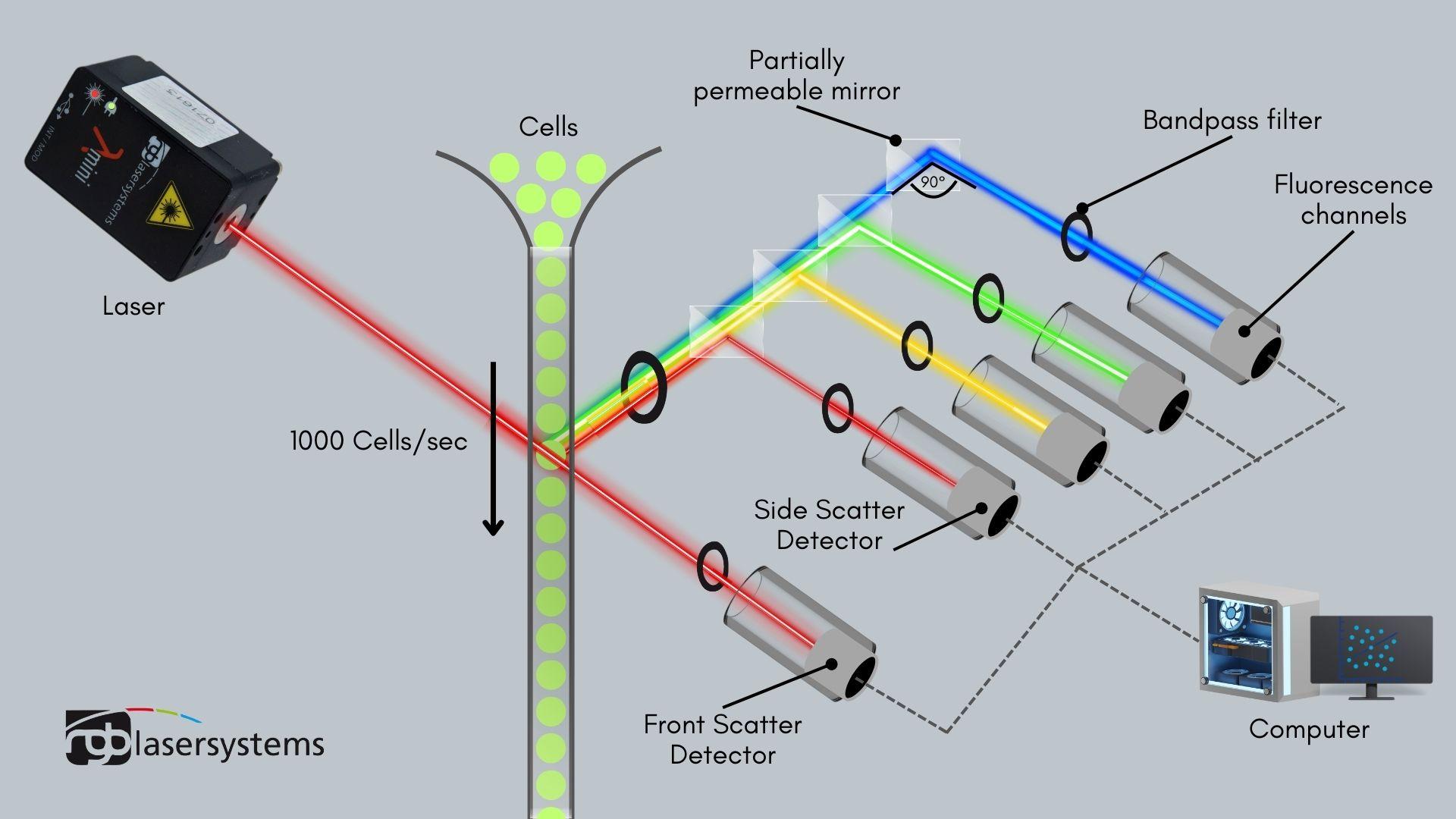Spie Photonics West’24 San Francisco
In collaboration with Dr. Jörg Ehehalt from Avenir Photonics, our offer of products was showcased at Spie Photonics West in San Francisco. We met many customers as well as new people who are interested in our company and our developments.
RGB visited Spie Photonics West the 8th time now and it was as nice as always. See you in the next Year!
Laser World of Photonics’23 Munich
Together with Dr. Jörg Ehehalt from Avenir Photonics, we showed our product line at the Laser World of Photonics in Munich. The fair was very well attended with a record number of visitors.
We would like to thank our partners from Canada, China, Germany, India, Israel, Japan, Switzerland, Taiwan and the USA for the very pleasant discussions.
Technical topics and possible applications for our lasers were the highlights.
We enjoyed wonderful days.
OPIE’23 Yokohama
RGB visited OPIE 2023 in Yokohama for the first time.
At the booth of the German Pavilion we showed our laser systems with accessories. It was important for me to have a closer exchange with our partners MSH Systems and Tokyo Instruments and to get to know new customers and opportunities.
My daughter (responsible for marketing) and I were very taken with the exuberant hospitality and extreme helpfulness. Thank you very much for that.
We will be back in the land of the rising sun.
Following applications also here on Linkedin
Michelson Interferometer
The Michelson interferometer is an interferometer named after the physicist Albert A. Michelson.
The Michelson interferometer utilizes the phenomenon of interference, which can only be observed with coherent light, for example that of a laser.
The graphic illustrates the basic structure of the Michelson interferometer. An interferometer splits a light wave into two parts. These two waves then travel different distances with different propagation times. When they meet, interference occurs.
If the optical path length of one of the two waves is changed, e.g. by moving one of the two mirrors, the phases of the two waves are shifted against each other and thus the interference pattern changes.
By measuring the intensity of the resulting wave, even the smallest changes in the path difference between the two waves can be measured.
One example of an application is the measurement of the thermal expansion of materials. Using the Michelson interferometer, even the slightest expansion can be detected, making the measurement extremely accurate.
Have you ever heard of flow cyometry?
This is a measurement method for the qualitative and quantitative analysis of cells. It starts with cells being sucked into a fluidic system at high speed. The more than 1000 cells per second are shot individually through the laser beam and emit fluorescence depending on their individual characteristics. With different wavelengths (red, yellow, green, blue…) the following different information can be obtained. The forward scatter detector is a measure of the diffraction of the light, which can be used to determine the volume of the cell. The side scatter detector is a measure of the refraction of light at right angles, which can be used to determine the size and structure of the cell nucleus, the number of vesicles and the granularity of the cell. Using a so-called FACS- (Flourescence-activated Cell Sorting) device, the cells can then be separated according to their characteristics.
One example of an application of flow cyometry is the separation of sperm cells with sex chromosome X and those with chromosome Y in order to determine the sex of an embryo created by in vitro fertilisation.
Developments in Raman Spectroscopy
Until now, expensive and often unreliable methods such as the SERS- (surface-enhanced Raman scattering) method have been used for ultrasensitive analyses.
A research team from the field of materials science has succeeded in developing a method that should increase performance 50-fold.
A Raman measurement works as shown simplified in the picture. The laser plays a decisive role here, as does the substrate onto which the sample gets placed on.
The team has developed a substrate made of different materials with different characteristics, which together can have a positive effect.
For example, it contains four plasmonic nanostructures, including gold and silver particles, which generate a light-matter interaction.
These interactions are also known as plasmonic effects. Combined with a photocatalytic titanium-oxide-layer to cause a photocatalytic effect, the RAMAN signal is intensified by a factor of 50.
This ensures that the sample can be analysed much more precisely and quickly.
A special feature of the substrate is that it can be cleaned using UV light and can be used up to 20 times, which reduces costs immensely.
Energy Transfer Upconversion (ETU)









